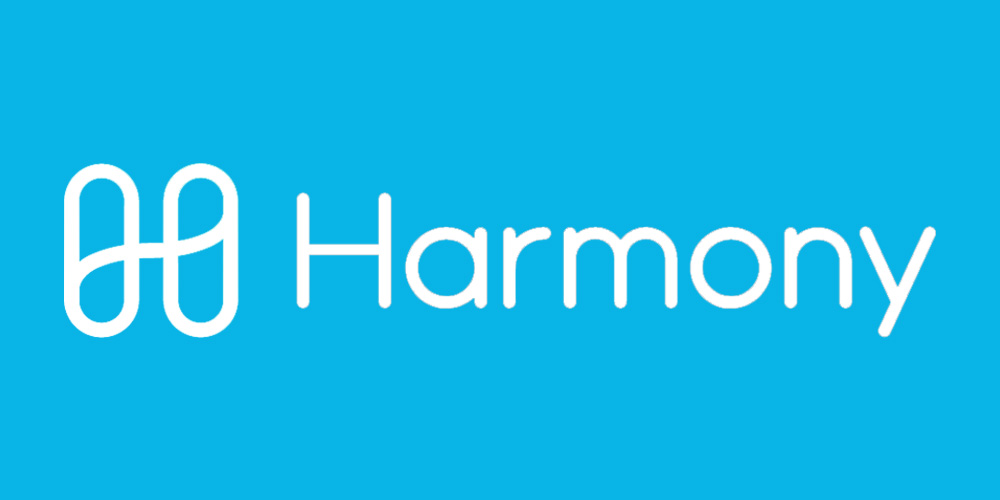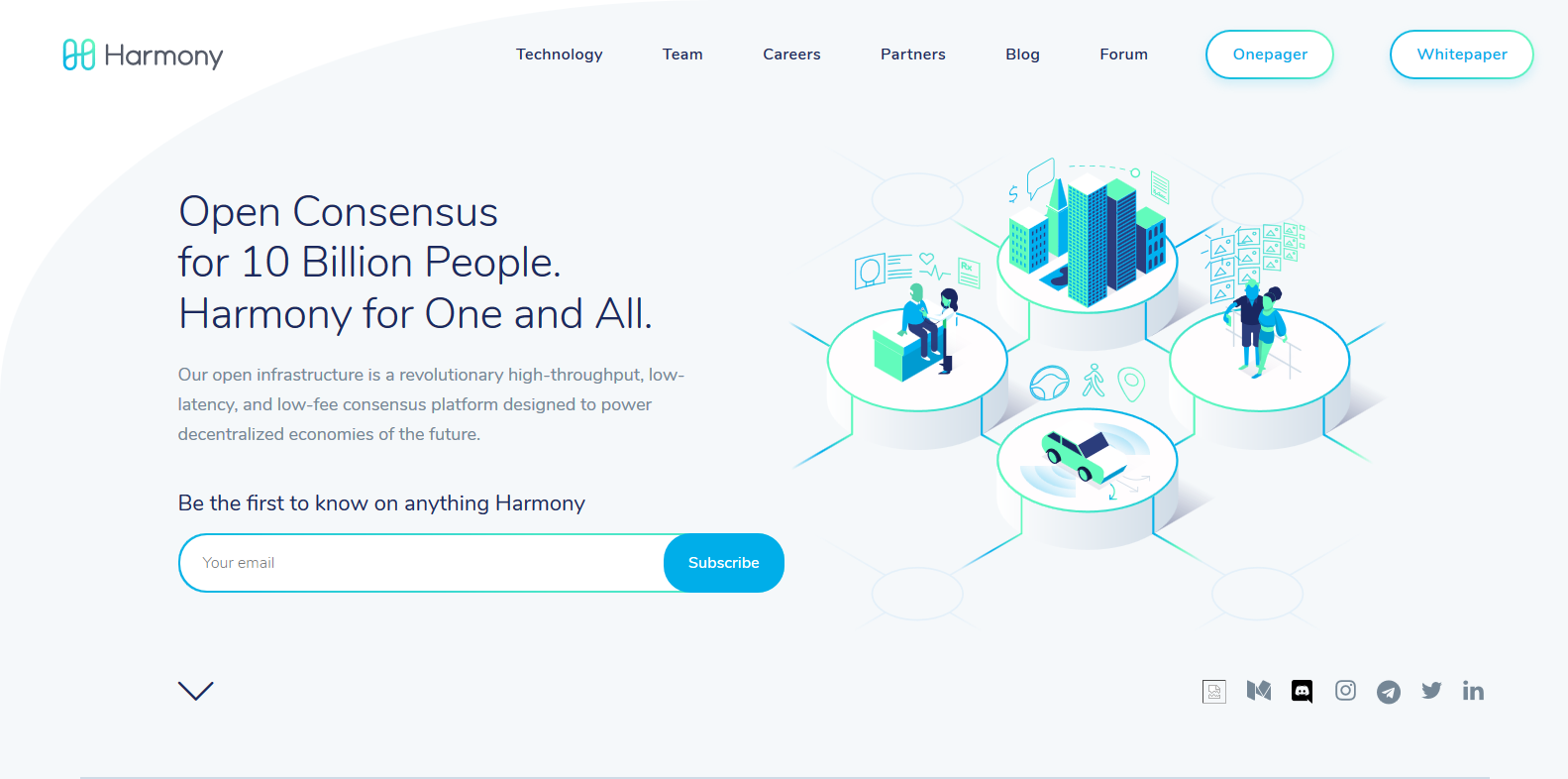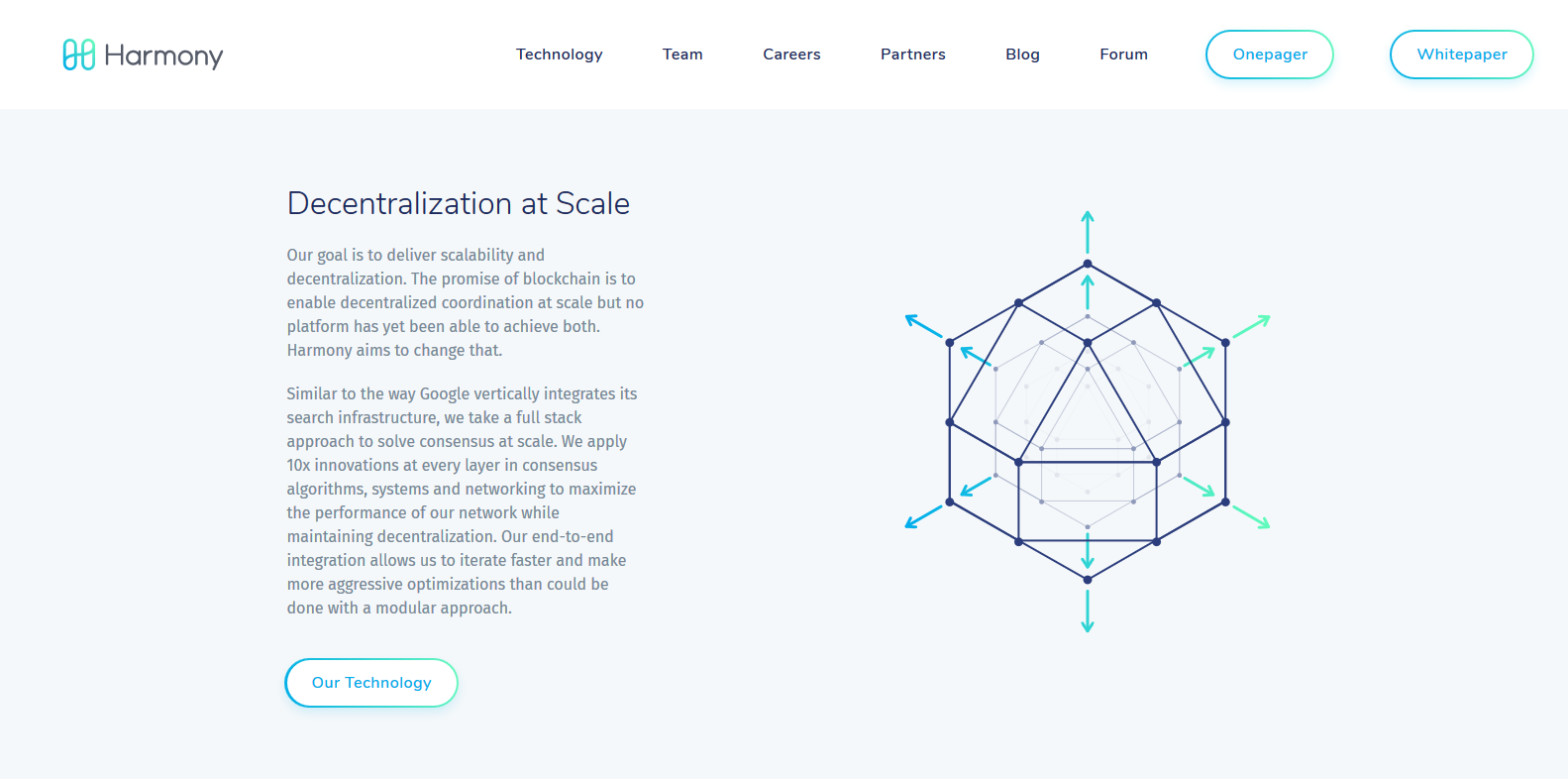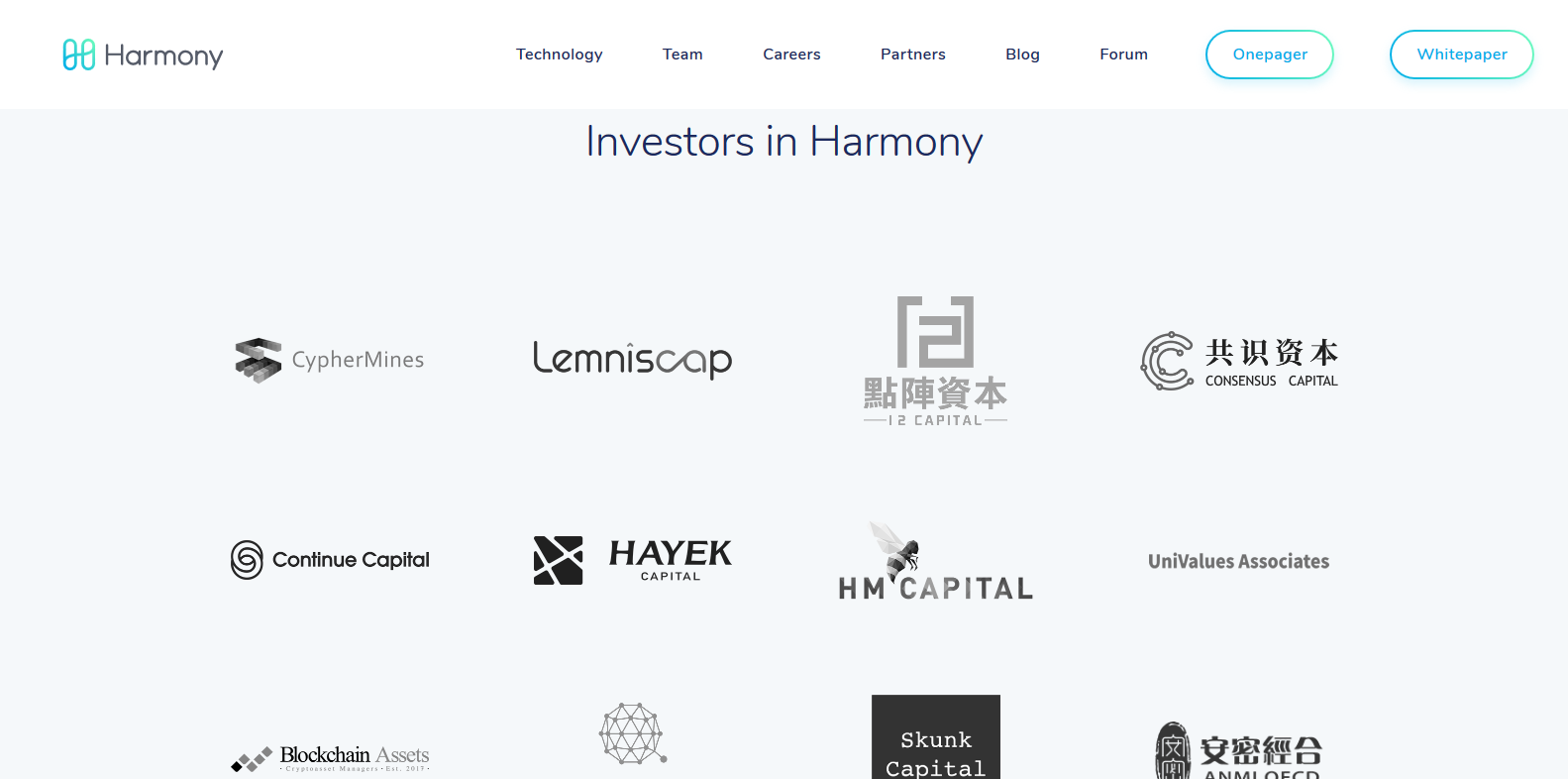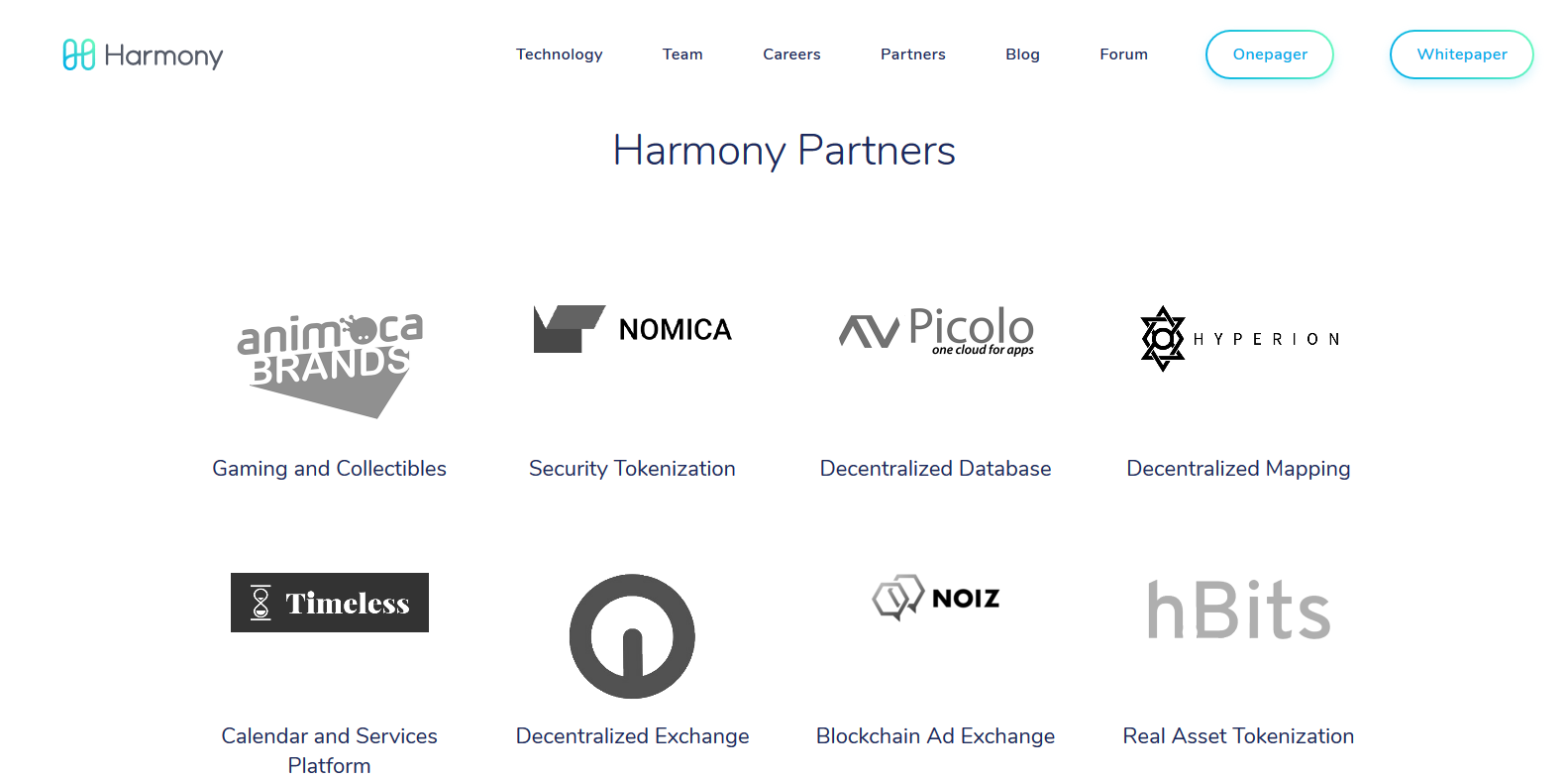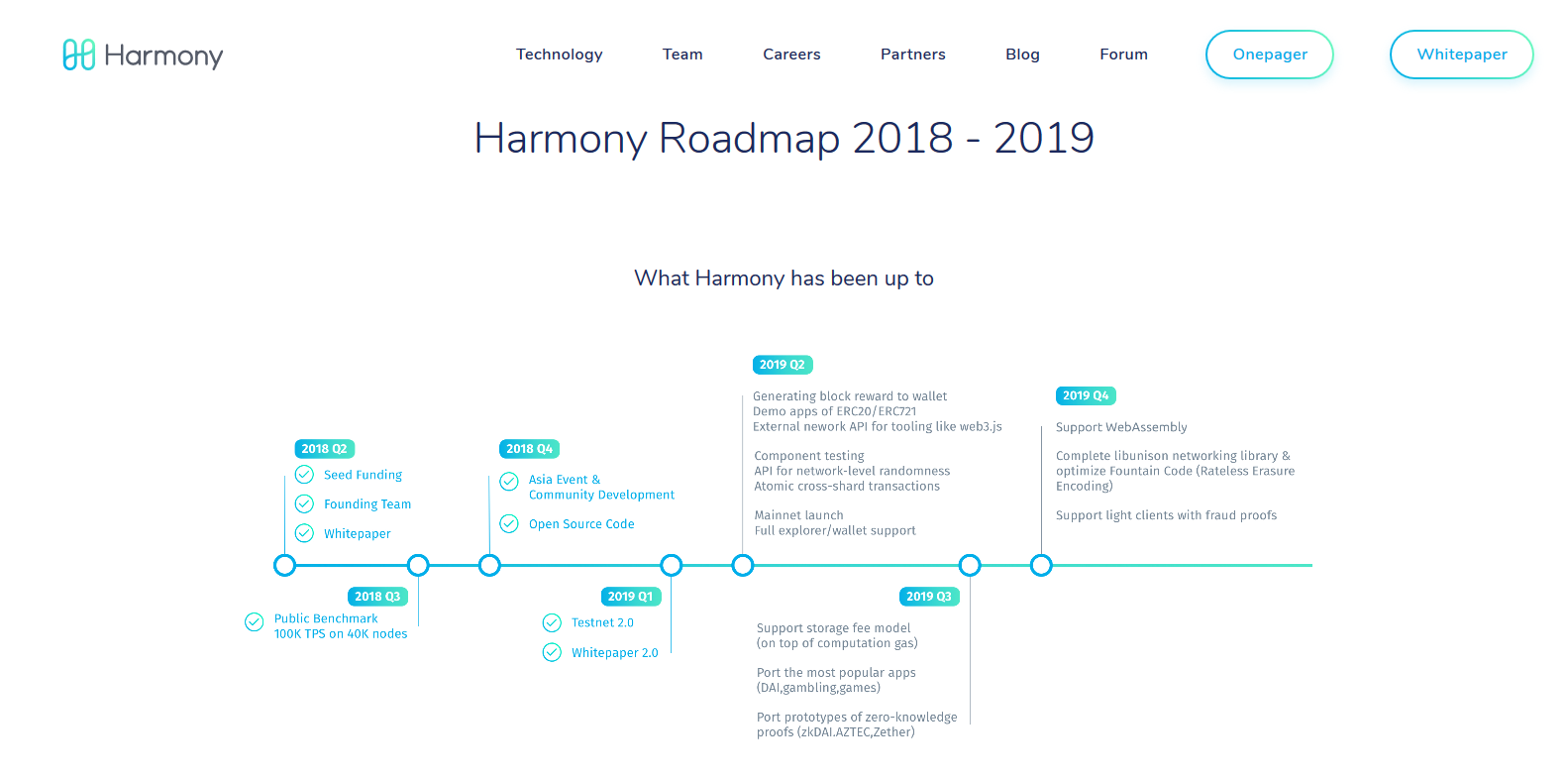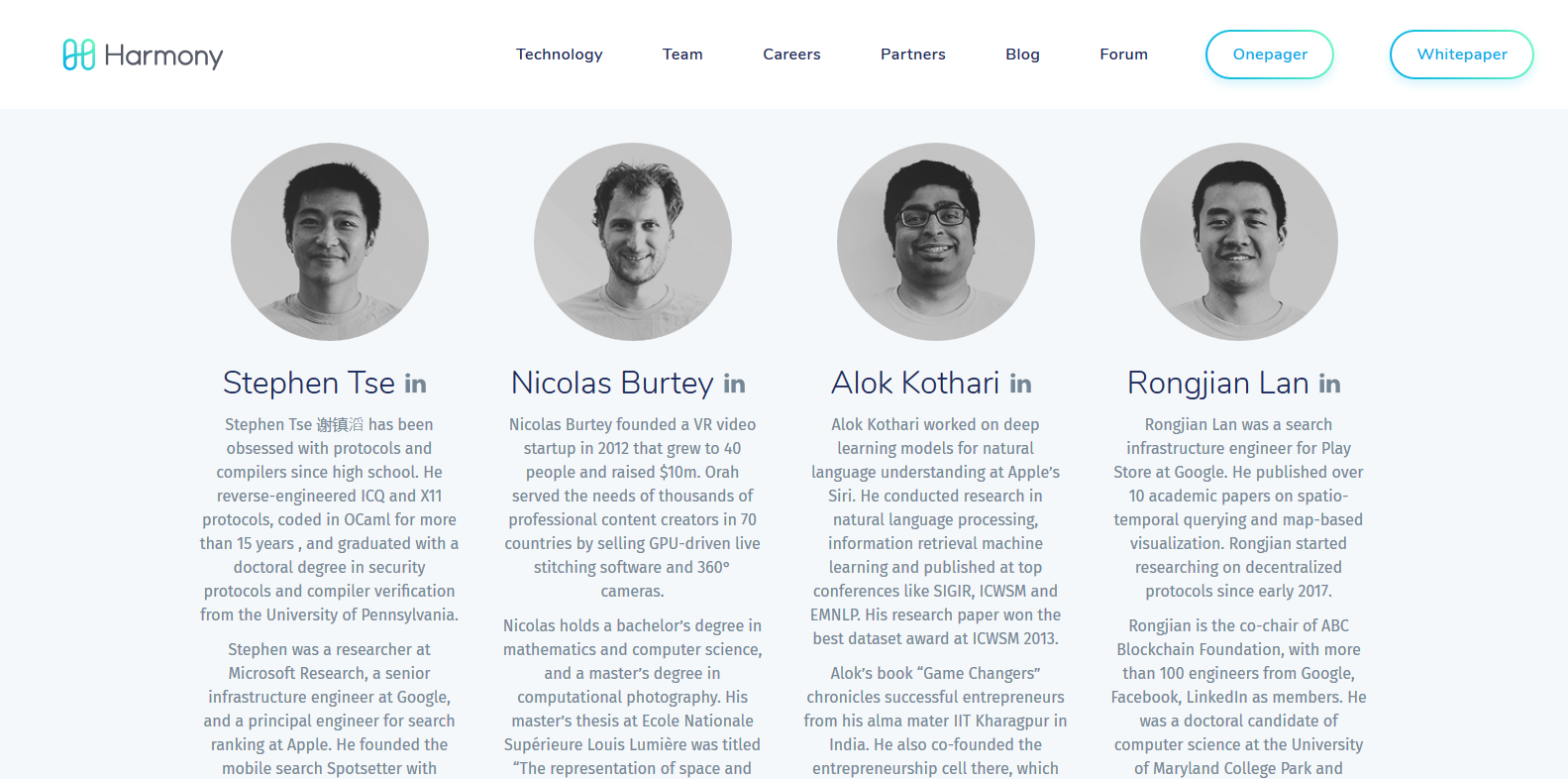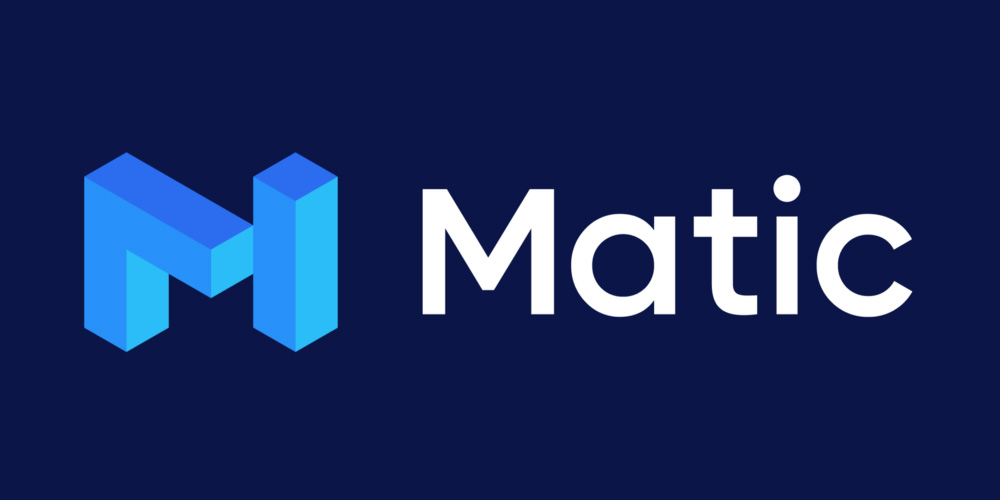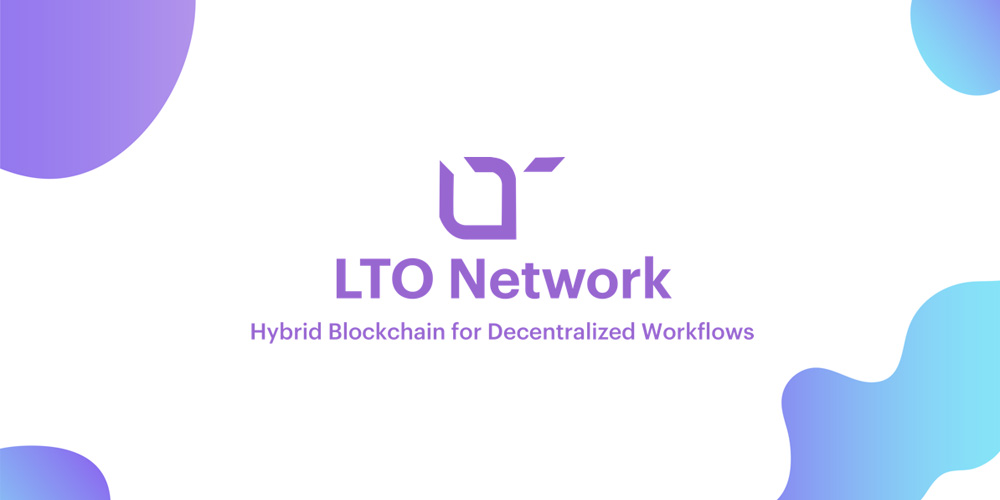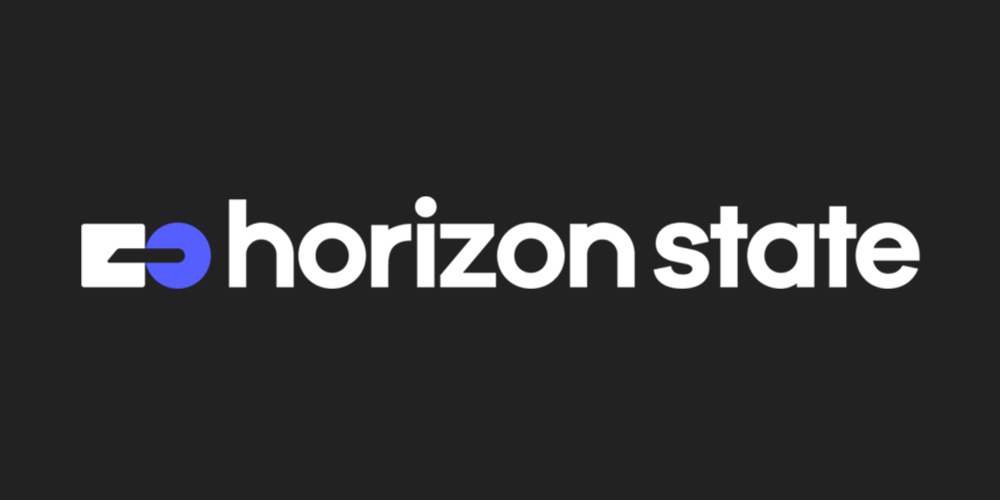BEP2 Token
Harmony is an open infrastructure for 10B people in the future. Harmony builds a high-performance consensus platform that will enable decentralized economies for everyone.
“Similar to the way Google vertically integrates its search infrastructure, we take a full stack approach to solve consensus at scale. We apply 10x innovations at every layer in consensus algorithms, systems and networking to maximize the performance of our network while maintaining decentralization. Our end-to-end integration allows us to iterate faster and make more aggressive optimizations than could be done with a modular approach.”
- Consensus Protocol – “Our consensus protocol uses design principles such as sharding and pipelining to parallelize transaction processing. This allows us to effectively handle connection latency and enables our throughput to scale with the size of our network.”
- Systems – “We are developing a lean, mission specific kernel to run our protocol with increased CPU performance and security. This will also allow a broader set of devices to participate in consensus for a more decentralized network.”
- Networking – “We implement network engineering techniques for smarter message propagation and faster consensus formation. An understanding of network topology allows us to run a highly concurrent protocol.”
“Our goal is to deliver scalability and decentralization. The promise of blockchain is to enable decentralized coordination at scale but no platform has yet been able to achieve both. Harmony aims to change that.”
Positives
- Harmony is another entry into the race to provide dApps (decentralized applications) with a home where they can prosper from higher TPS and overall better functionality when compared to platforms such as Ethereum, Neo, etc. We’ve seen a lot of these platforms pop up, especially through IEOs on Binance Launchpad. It’s very easy for Harmony to be thrown in with the bunch here but the progress they’ve made thus far and and the major milestones that are to be met in the not too distant future make it a very attractive project for those looking at a mid-long term investment. With various Demos and a Mainnet launch scheduled for literally any day now (June 2019), we can immediately look forward to what’s next on the horizon such as the implementation of “Zero-Knowledge Proof dApps” and various ports of “most popular Dapps” later on in Q3 and Q4 of 2019. While they’re comparable to other dApp platforms hitting the scene at the moment, Harmony is absolutely racing forward with their progress so far.
- Harmonys “10X” approach to improving the infrastructure behind blockchain, decentralized applications, etc is indeed ambitious but also entirely necessary if decentralized applications and solutions are going to have any meaningful impact on everyday people and businesses looking to improve the way they do things. Looking to improve (by 10x) in areas such as networking, systems and algorithms, Harmony isn’t just taking a “make it faster” approach. Sure, there are faster solutions out there right now but how does that affect user privacy? How does speed affect the networks ability to decide whether a transaction is legitimate? Harmony is addressing all of this with an all-rounder approach.
- Harmony already has a pretty impressive list of partners that are all involved in different niches/industries. Animoca Brands (Developer) has the key to a wide range of licenses such as Astro Boy, Garfield, Mattel Games and a list of well known mobile games that are perfect candidates for blockchain/P2P innovations. Picolo, Timeless and Hyperion are working on various cloud-based services and the list goes on from there. It’s not very often we see projects such as Harmony launch with a very respectable list of partners from the start and this is something we have criticized competitors such as Matic for in the past. Once Harmonys Mainnet launches (end of Q2 2019) you can bet on these partners really looking to take advantage of Harmony in one way or another. A recently announced partnership with Chainlink also bolsters Harmonys strength; making sure functions performed on the network are deliberate and free of bad information. Overall a very impressive network of both strategic and technical partners already in place.
- The Team are very well suited to a project such as this. With a ton of experience in deploying large scale solutions and their CEO even having founded a startup that was later acquired by Apple, it’s very obvious that Team strength is no issue here. Stephen Tse was a researcher at Microsoft Research, a senior infrastructure engineer at Google, and a principal engineer for search ranking at Apple. Alok Kothari worked on deep learning models for natural language understanding at Apple’s Siri and Rongjian Lan was a search infrastructure engineer for Play Store at Google. The list of highly experienced members goes on and we recommend you check out their full Team page.
- At the end of the day, a lot of these projects will look the same to investors who don’t look past the front cover. Harmony is one of the more technically impressive platforms we’ve reviewed over the past few months and their focus on user/data privacy opens them up to huge industries that require private data to be processed in a secure way, something that just isn’t possible right now solely using something like Ethereum. The platform that is able to attract the most developers and the most popular dapps will (should) be the most valuable. There’s a reason why Ethereum is more valuable and more widely used in comparison to something like NEO, that’s obvious. Give Harmony some time to incubate further and we’re sure that the Team leading the project with the vision they have will produce a solution that rivals some of the top Dapp platforms out there today.
Concerns
- Our main concern here is centered more around the 10 million TPS (Transactions Per Second) figure that Harmony claim to be able to achieve. The issue here is that although the project is utilizing various technologies such as their own Beacon Chain consensus method and Sharding techniques, they’re also relaying on technology such as 5G networks to help fully realize this metric – technology that isn’t widely available yet. Until you’ve actually got 10 million transactions running through the network, it’s all theoretical. This isn’t to pick out Harmony and say that they won’t achieve these numbers, it’s just a general concern we have for all of these newer platforms boasting about theoretical capacities that are nowhere near being tested in real situations. You could throw a dart and pick out a project that is all “theory” yet still worth over $100m, we’re not just picking on Harmony here. In saying this, from how Harmony plans to utilize various technologies, these TPS targets wouldn’t be out of reach if everything fell into place. They’re one of the most experienced Teams out there and their plan to pull this off is very extensive to say the least.
- Another concern regarding these newer platforms is their mission to fix a problem that countless other projects are trying to fix. While Harmony has one of the most technically impressive solutions combined with one of the most impressive Teams we’ve seen try to tackle this issue, they’re up against giants such as Ethereum and Zilliqa (to name a couple) who are trying to improve scalability and have been for many years now. This concern isn’t exclusive to Harmony but you can guarantee the moment one of these competing projects has a breakthrough or pushes their product to market first, the competition will be under a ton of pressure to catch up. Developers with products that require a host platform with high TPS will flock to the project who can provide the solution first. Harmony may have an upper hand here with their added emphasis on user/data privacy.
- No other real concerns here. These types of projects start to blend in with one another and coming towards the second half of 2019, there’s just too many to keep track of. Luckily newer projects such as Harmony and other similar projects such as Matic and Celer have found instant exposure through Binance Launchpad, giving them the funding and trust of investors that they need to push themselves into the mix of older projects that have more progress/history. The new wave of “Blockchain 3.0” projects are starting to muddy the waters and it’s increasingly hard to tell them apart. In Harmonys case, they’re definitely bringing more to the table in comparison to some others. Investors should keep up to date with developments in this area as new competitors arrive with newer innovations.
View Screenshots
Token Details
Token Type
BEP2
Powered by the Binance Chain. Can be stored on any BEP2 compatible wallet e.g Trust Wallet
Token Statistics
Supply
• Ticker: ONE
• Circulating Supply: 3,150,000,000 ONE
• Total Supply: 12,600,000,000 ONE
• Token Use: Services & Fees
Founders
The Team
• Stephen Tse (Founder & CEO)
• Nicolas Burtey (Co-Founder/COO)
• Alok Kothari (Co-Founder)
• More
Industry
& Competitors
• Blockchain Scalability
• Decentralized Applications
• Competitors – Ethereum, Zilliqa, Matic, etc.

